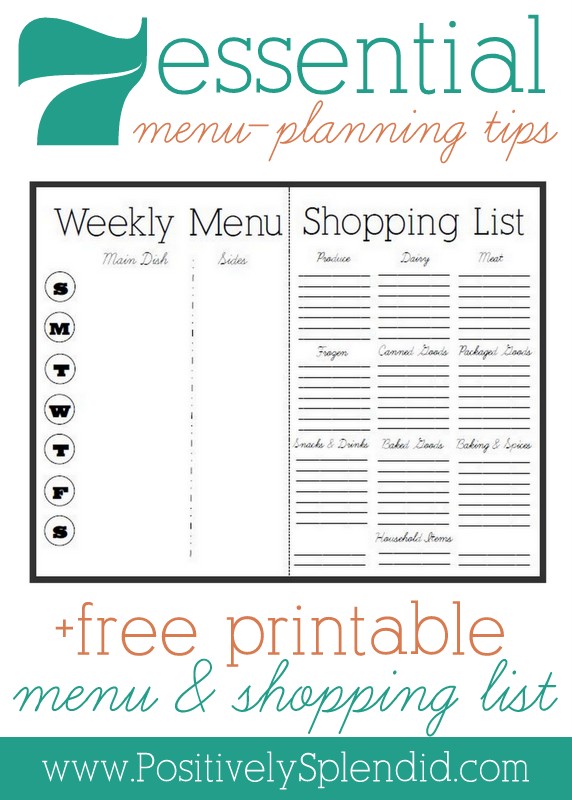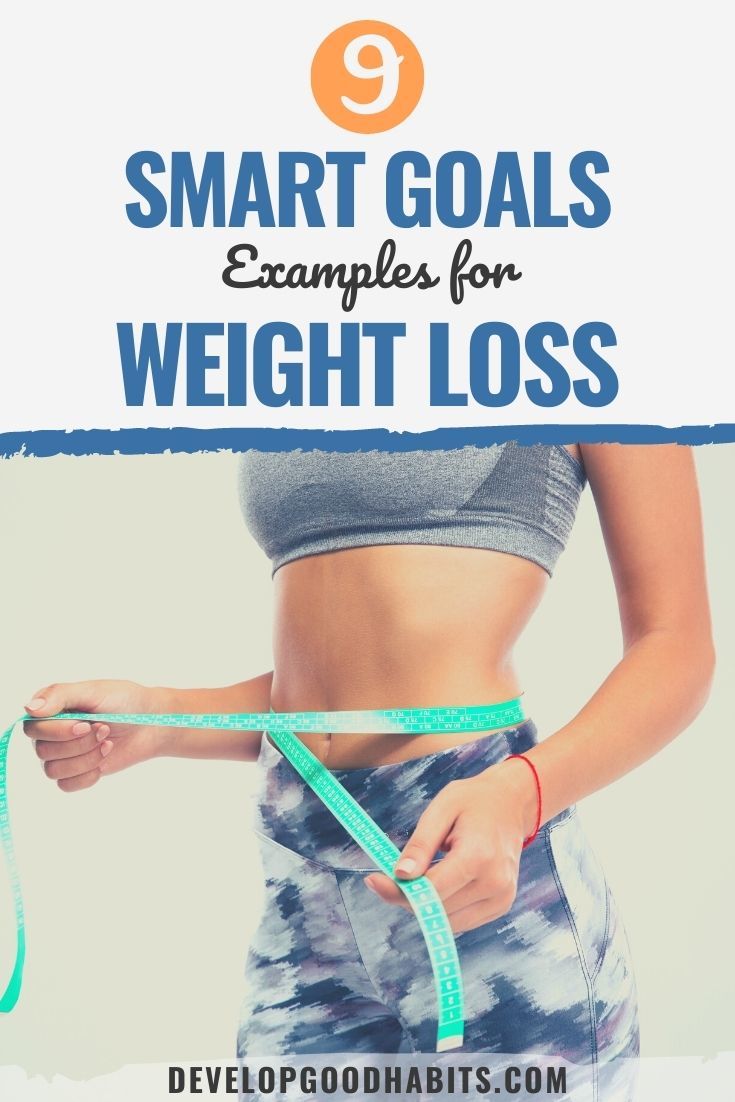
Nutrition education is a great way to teach young people healthy eating habits. Schools used to provide food, but these choices weren't always healthy. This leads to poor eating habits. Although many educators want to encourage healthy eating habits, they might not have the right tools.
School food programs can help children learn about healthy food. They are usually affordable and readily available to them. It can also help reduce the incidence of childhood obesity. It is essential to promote healthy eating habits at school, as this will help prevent the development of chronic diseases and ensure optimal growth and development. Moreover, providing children with adequate food supports cognitive development and decreases absenteeism.

It is possible to improve student health by providing dietary education. But, it's especially important to teach students about nutrition. It provides essential nutrients as well as critical thinking skills that can help make the best food decisions. These skills can be used to increase awareness and skill levels among students as well as teachers. All parties will benefit from this education, which ultimately creates a better environment.
Researchers evaluated the effectiveness in different forms of nutrition education in a recent study. The most effective type of nutrition education was found to be evidence-based. This was based on a systematic approach. California Dairy Council (DCC) collaborated with educators, farmers, and health care agencies to establish a school food program. Let's Eat Healthy brings together educators, health professionals, change makers, and others to encourage healthy eating habits among young people and adults. This initiative has the goal to help young people adopt healthy eating habits throughout their lives.
School health programs can help improve a child’s overall well-being. Nutrition programs, in addition to improving health, can also increase self-esteem and decrease the likelihood of developing health problems. For instance, a healthy diet prevents tooth decay and other problems that can occur later in life. Parents must provide health education to their children in order to prevent obesity. This can lead to unhealthy habits that will last a lifetime.

A nutrition education program can help youth appreciate different cultures and food. A healthy diet will help a child to be more conscious of their body and how it connects with the brain. For instance, if a child is aware of the connection between food and mental health, she will be more likely to follow a healthier diet plan. It can help to prevent eating disorders and improve mental health. The benefits of receiving education about nutrition are many.
FAQ
What is the difference between calories and kilocalories in food?
Calories can be used to measure how much energy is in food. Calories are a unit of measurement. One calorie contains the energy needed to raise the temperature of one gram of water by one degree Celsius.
Kilocalories are another way to describe calories. Kilocalories are measured in thousandths of a calorie. For example, 1000 calories equals one kilocalorie.
What can you do if your immune system is weak?
The human body is composed of trillions if not billions of cells. Each cell is responsible for creating organs and tissues with specific functions. Another cell takes its place when a cell dies. Hormones, which are chemical signals that allow cells to communicate with one another, enable them to do so. All bodily processes are controlled by hormones, including metabolism and immunity.
Hormones can be described as chemicals produced by glands in the body. They travel through the blood stream and act like messengers to control how our bodies function. Some hormones can be produced in the body, while others may be made outside.
The release of hormones from a hormone producing gland into the bloodstream is the beginning of hormone production. Once hormones are released they move through the bloodstream until they reach their intended organ. Some hormones are only active for a brief time. Others hormones are more active and have a longer life expectancy. They can still influence the body's functions long after they are eliminated from the bloodstream.
Some hormones may be produced in large numbers. Others are made in small quantities.
Some hormones are produced at certain times during life. For example, estrogen is made during puberty. Estrogen is important for women to develop breasts and maintain bone density. It also helps prevent osteoporosis. It also promotes hair growth and keeps skin smooth and soft.
How can I reduce my blood pressure
Find out the causes of high blood pressure first. Next, take steps that will reduce the risk. These could include taking medication, eating less salt and losing weight.
It is important to ensure that you get enough exercise. If you don’t have enough time to exercise regularly, consider walking more often.
Consider joining a gym if your current exercise regimen is not satisfying you. You'll probably want to join a gym where there are other people who share your goals. It is easier to adhere to a fitness routine when someone else will be there with you.
How does weight change with age?
How can you find out if your weight has changed?
Weight loss happens when there is less muscle mass and more fat. This means that the amount of calories consumed must exceed the amount of energy used daily. Reduced activity is the leading cause of weight gain. Others include pregnancy, hormonal imbalances or certain medications. When there is more fat than muscles, it's called weight gain. It occurs when people eat more calories than what they use in a given day. Common reasons include overeating, increased physical activity, and hormonal changes.
The primary reason we lose weight is that we consume less calories than what we burn. Regular exercise increases metabolism, which means that we burn more calories per day. However, this doesn't mean that we'll necessarily get thinner; what matters is whether or not we're losing fat or gaining muscle. We will lose weight if we burn more calories than we consume. However, if we consume more calories than we burn, we end up storing them as extra fat.
As we age we tend to be slower in moving and thus we don't move nearly as much. We also tend to eat less food than we did when we were younger. As a result, we gain weight. On the flip side, we tend to have more muscle mass so we look bigger than we really are.
There's no way to tell how much weight you've lost unless you weigh yourself every week. There are many options for measuring your weight. There are many ways to measure your weight. You can check your waist, hips, thighs, arms and legs. Some prefer to use bathroom scales, while others prefer tape measures.
To track your progress, weigh yourself once a week. Measure your waistline once per month. To track your progress, you can also take photos every few months of yourself to see how far it has come.
You can also look up your height, weight and body measurements online to determine how much you weigh. If you are 5'10" tall, and you weigh 180 lbs, then you would probably weigh 180 lbs.
Statistics
- nutrients.[17]X Research sourceWhole grains to try include: 100% whole wheat pasta and bread, brown rice, whole grain oats, farro, millet, quinoa, and barley. (wikihow.com)
- Extra virgin olive oil may benefit heart health, as people who consume it have a lower risk for dying from heart attacks and strokes according to some evidence (57Trusted Source (healthline.com)
- In both adults and children, the intake of free sugars should be reduced to less than 10% of total energy intake. (who.int)
- According to the 2020 Dietary Guidelines for Americans, a balanced diet high in fruits and vegetables, lean protein, low-fat dairy and whole grains is needed for optimal energy. (mayoclinichealthsystem.org)
External Links
How To
27 Steps for a healthy lifestyle even if your family buys junk food
The best way to eat healthily is to cook at your home. However, this is often difficult because people do not know how to prepare healthy meals. This article will offer some suggestions on making healthier dining choices at restaurants.
-
Select restaurants that offer healthy dishes.
-
Order salads and vegetables before ordering any meat dishes.
-
Ask for sauces with no added sugar.
-
Avoid fried food.
-
Grilled meats are better than fried.
-
Don't order dessert unless your really need it.
-
It is important to have something more after dinner.
-
Always eat slowly and chew your food thoroughly.
-
Eat water.
-
Do not skip breakfast, lunch or dinner.
-
Take fruit and vegetables along with every meal.
-
Consider drinking milk instead of soda.
-
Avoid sugary drinks
-
Limit salt consumption in your diet.
-
You should limit how often you visit fast food restaurants.
-
Ask someone to come along if you are unable to resist temptation.
-
You should not allow your kids to watch too many TV programs.
-
When you are eating, keep the television off.
-
Do not drink energy drinks.
-
Take regular breaks from work.
-
Exercise early in the morning.
-
Exercise everyday.
-
Start small and then build up slowly.
-
Set realistic goals.
-
Be patient.
-
Even if you don’t feel like exercising, make time for it.
-
Positive thinking is key.